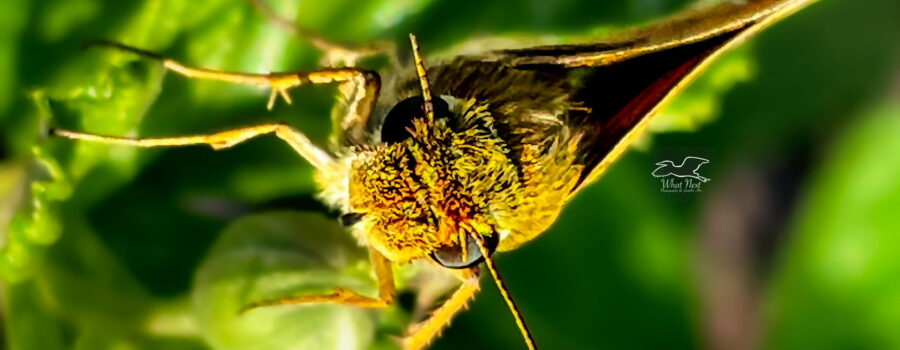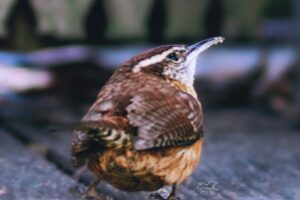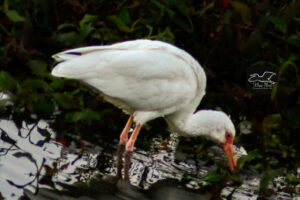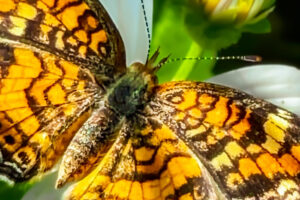The Whirlabout is an Interesting and Active Little Butterfly

There are lots of butterflies in the air right now and they come in lots of varieties. Skippers tend to be small, active butterflies that have an irregular flight pattern, hence the name skipper. We have quite a few species that call Florida home, but the one I’ve been seeing most this year is the whirlabout or whirlabout skipper (Polites vibex). Like other skippers they’re known for their irregular flight, but these guys have another flight peculiarity as well. They tend to make a circular flight just before landing or right after takeoff from a perch. Because of this, they have become known as whirlabouts. As you can see from the images, I’ve seen these guys on several of my recent outdoor forays on all sorts of flowers.

Whirlabouts can be found in the southeastern United States, the Gulf coast of Mexico, through Central America, and throughout South America. It is sexually dimorphic and also has several color morphs. As you can see, they also have large, dark eyes. Females have a large yellowish center while male’s eyes are usually all black. Up here these butterflies are usually flying between April and September or October and produce two generations. In more southern locales, especially those around the equator, they are on the wing all year long. Males have a tendency to hang out on low bushes and grasses in the afternoon and watch for potential mates at a time when the females are most actively feeding.

Adult whirlabouts are not very fussy about what they eat, and will feed on many different types of flowers. The nocturnal caterpillars are a little bit more particular and eat mostly grasses. They tend to be especially fond of several types of lawn grasses including Bermuda grass, St. Augustine, and Bahia grass. Fortunately, they don’t usually cause much damage and most home owners don’t even notice them. I always enjoy watching these little guys while they fly around, since you never know where they’re going to head next. That does make them kind of hard to photograph, though. Luckily, once they land on a flower and start to feed, they tend to be pretty still, unlike our friends the swallowtails who are usually constantly flapping their wings.






Recent Comments